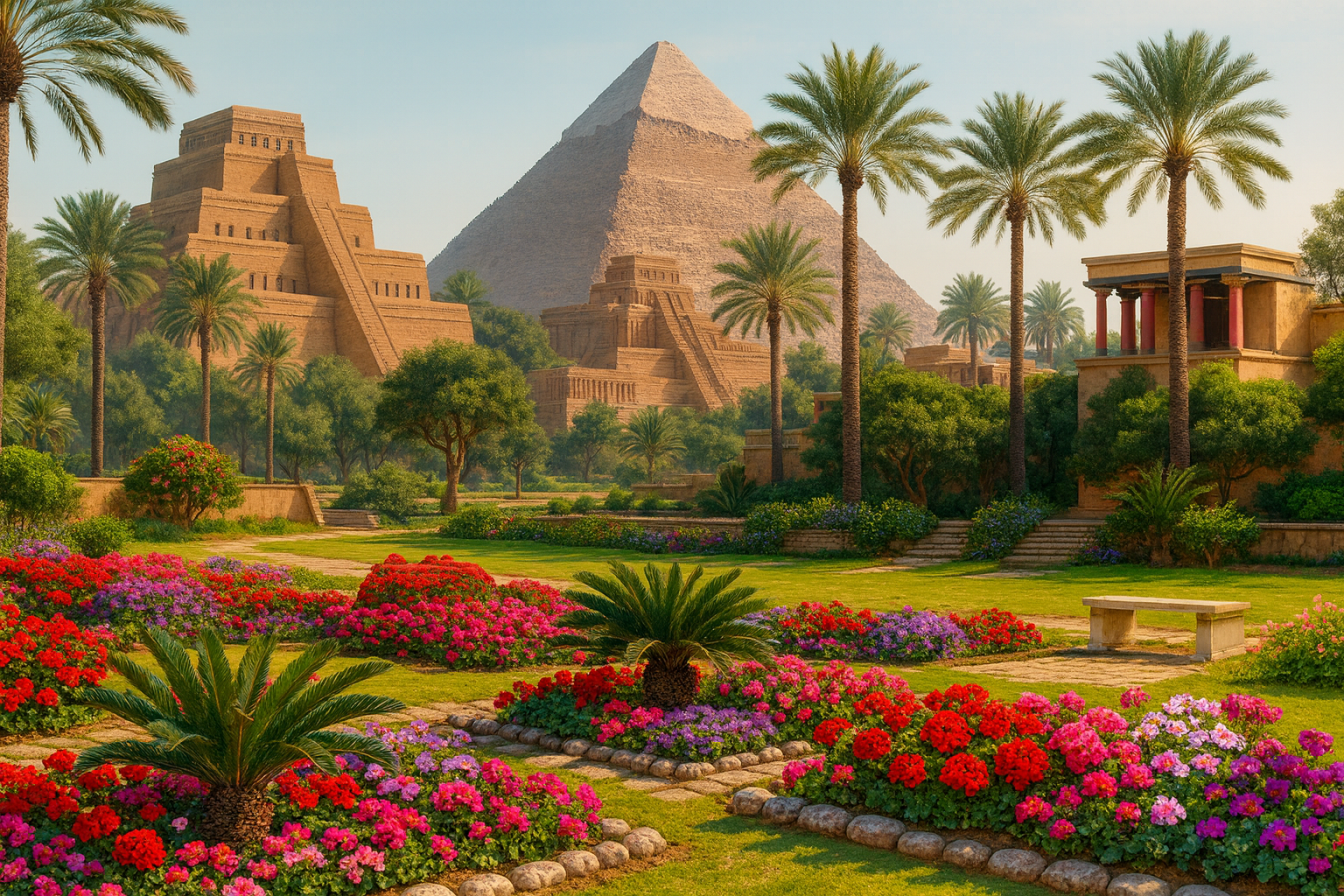A silent witness to human civilization, hidden in a lunar landscape millions of years old.
Like something from another planet, the Tassili n’Ajjer National Park stretches across a vast expanse in southeastern Algeria, where the Sahara transforms into a natural gallery of art and geology.
Covering nearly 50,000 square kilometers, this immense protected area looks more like the surface of the moon than the Earth. Towering sandstone formations—carved by erosion over seven million years—rise from a majestic plateau that sits between 1,400 and 2,000 meters above sea level.
These giant “sculptures,” shaped by time and weather, resemble stone forests. Hidden within their nooks, cliffs, and canyons are over 15,000 prehistoric rock paintings and carvings. Dating from 10,000 BCE to 750 BCE, they tell vivid stories of people, animals, and rituals from a time when the Sahara was still lush and green.
But Tassili n’Ajjer is more than a geological wonder—it's arguably the world’s largest open-air museum, where time, art, and nature converge into a rare and deeply reflective journey.
According to Algeria’s Ministry of Tourism, as reported by CNN Travel, this breathtaking site may well be the most extensive open-air museum on Earth. The undersides of rock overhangs served as canvases, where ancient artists used natural pigments like red and yellow ochre to bring their world to life.
These artworks depict everyday scenes and ceremonial moments—hunting, dancing, and social life—as well as animals such as cattle, giraffes, and camels. The art spans five distinct stylistic and chronological periods, each offering a unique window into ancient life:
Kel Essuf (older than 9,875 years): the earliest known anthropomorphic engravings in the region.
Round Head (7,575–4,575 years ago): known for otherworldly, abstract human figures.
Bovidian (6,575–4,575 years ago): rich with images of cattle and herding life.
Caballine (3,575–2,075 years ago): famous for detailed horse imagery.
Cameline (from 750 BCE): centered on camels, marking a shift toward desert conditions.
Visitors to Tassili n’Ajjer are greeted by an abundance of petroglyphs—etched images of tools, animals, and everyday life—that still resonate with striking clarity.
Yet exploring the prehistoric wonders of Tassili n’Ajjer is no ordinary sightseeing trip. It’s a true adventure: a grueling 120-kilometer trek across a remote and rugged plateau where civilization disappears and the silence of nature takes over.
There are no roads, no modern intrusions, no tourist infrastructure—just pure, untouched wilderness that has remained largely the same for thousands of years. It’s a journey through time, guided only by the rocks and the ancient stories they silently preserve.










